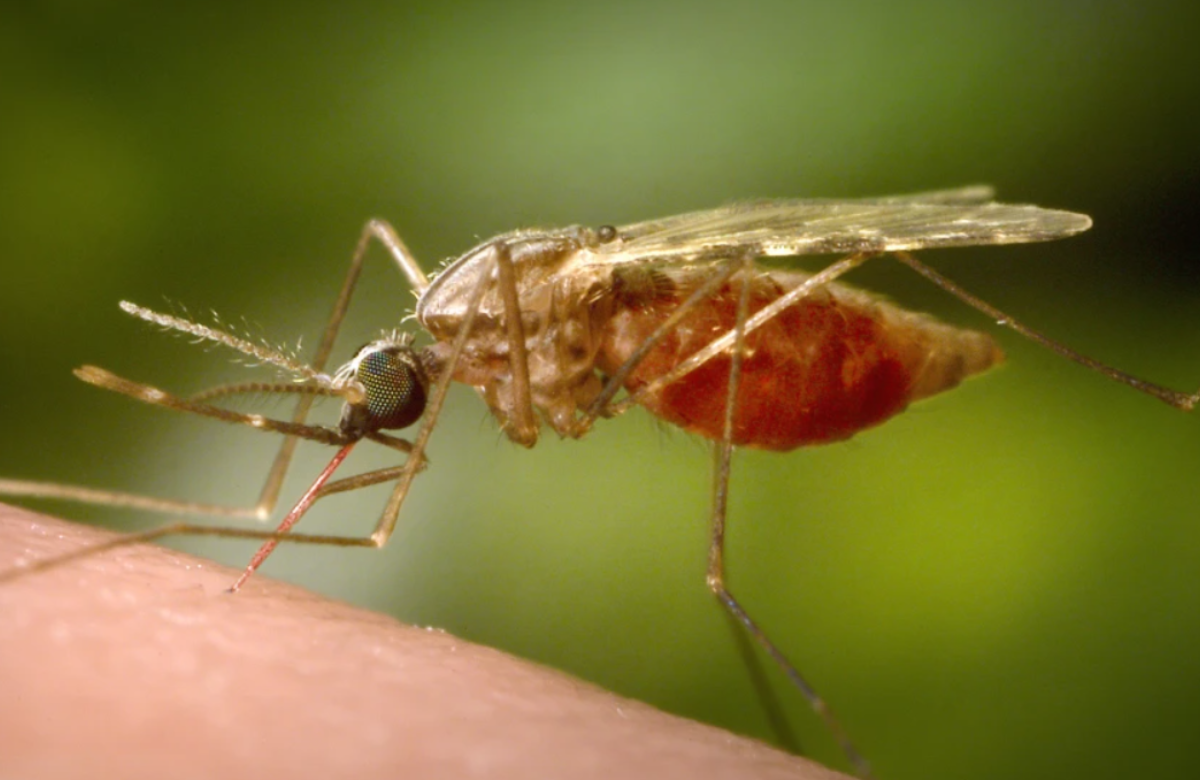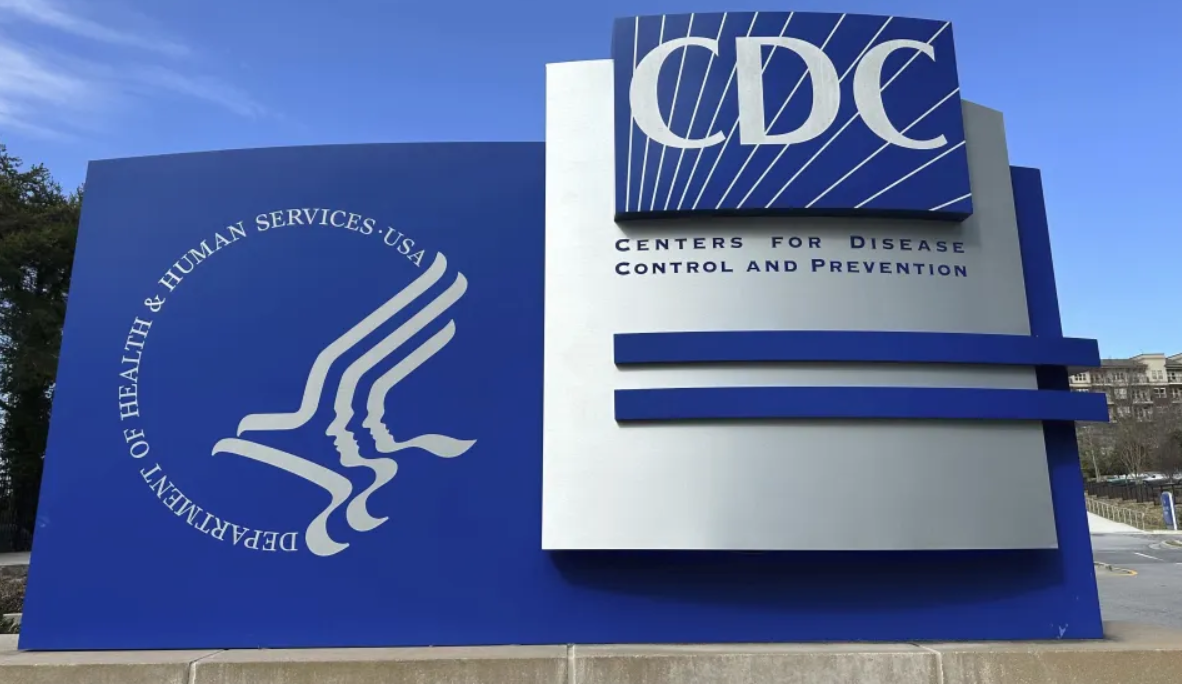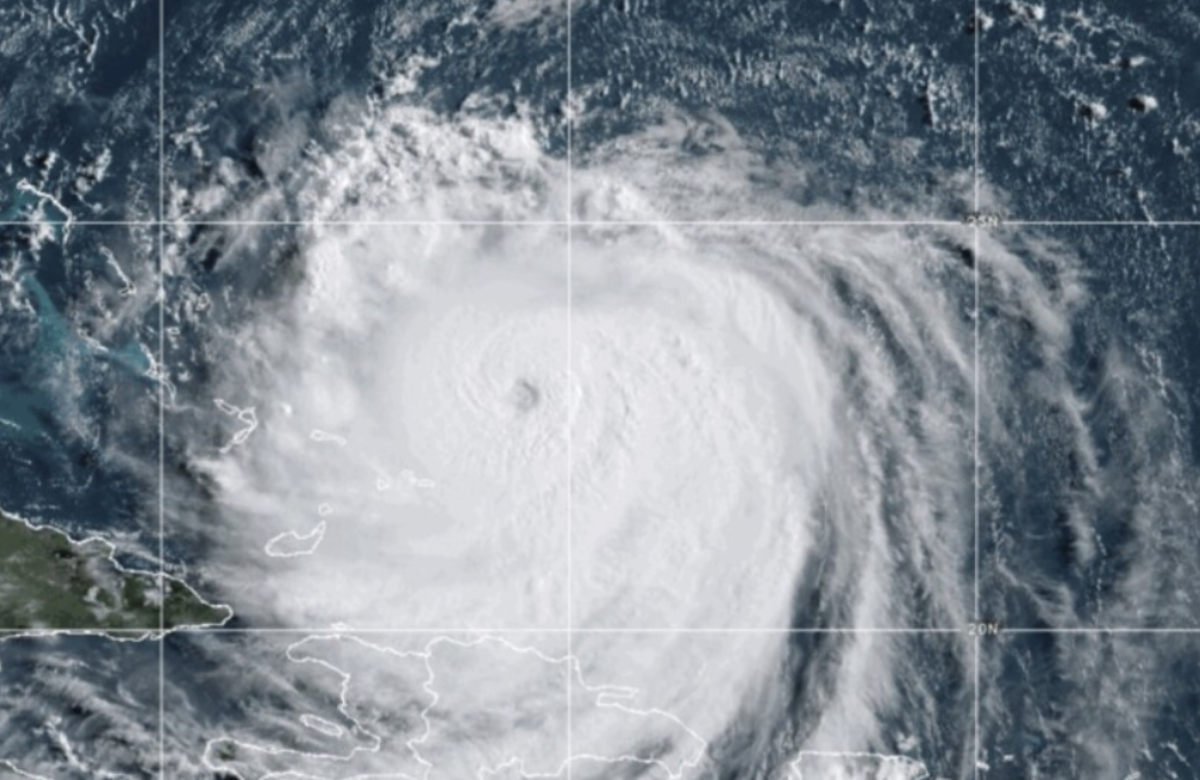The U.S. is currently experiencing one of the most intense winter virus seasons in the past 15 years. One measure of flu activity, which tracks the percentage of doctor’s visits due to flu-like symptoms, has reached levels higher than any previous winter since the 2009-2010 swine flu pandemic, according to the CDC’s latest data.
While other viruses can mimic the flu, COVID-19 seems to be declining, based on hospital data and CDC projections. Additionally, respiratory syncytial virus (RSV) cases appear to be decreasing nationwide.
In response to the flu’s impact, some schools have been forced to close. For example, the Godley Independent School District in Texas, serving about 3,200 students, shut down for three days last week after 650 students and 60 staff members were absent due to illness.
Jeff Meador, a spokesperson for the district, mentioned that most of the illnesses in the area have been due to the flu, along with some cases of strep throat. He described this as the worst flu season he can recall.
According to the CDC’s estimates, there have been at least 24 million flu cases this season, with 310,000 hospitalizations and 13,000 deaths, including 57 children. Flu season typically peaks around February.
Last week, 43 states reported high or very high flu activity, with the flu being most severe in the South, Southwest, and Western regions of the U.S.
In Rochester, New York, while the flu season has been severe, Dr. Elizabeth Murray, a pediatric emergency medicine doctor at the University of Rochester Medical Center, noted it hasn’t been any worse than previous peak years. She mentioned that, alongside the flu, there is still a significant amount of RSV and a surprising number of infants testing positive for COVID-19. “All respiratory illnesses are circulating strongly,” she added.
The CDC declined an Associated Press reporter’s request to speak with a flu expert about recent trends. The Trump administration had previously ordered a temporary “pause” on communications from health agencies and has continued to deny interview requests that were once routinely granted.
Later on Friday, a CDC spokesperson acknowledged that the new data shows the highest number of flu-like illnesses compared to other seasons. However, they noted that this statistic is complicated because the baseline for doctor’s office visits is recalculated each year. Back in late January, the CDC had referred to this season as “moderate” in severity.
Health officials in the U.S. recommend that everyone 6 months and older receive an annual flu vaccine. So far, about 44% of adults have gotten their flu shots this winter, similar to last winter. However, the vaccination rate for children has dropped to about 45%, down from the usual 50%.
As of late January, approximately 23% of U.S. adults were up to date on their COVID-19 vaccinations, a slight increase from about 20% the previous year. The vaccination rate for children remained about the same, at around 12%.
The government has not yet released information on how effective this season’s flu vaccine is.
Current testing shows that two main strains of seasonal flu, Type A H1N1 and Type A H3N2, are responsible for most of the illnesses. Health officials are also monitoring a third strain, Type A H5N1, a bird flu that has infected tens of millions of animals but only 67 people in the U.S.
To protect yourself from seasonal viruses, doctors recommend avoiding touching your eyes, nose, and mouth, as germs can spread this way. It’s also important to wash your hands with soap and water, disinfect commonly touched surfaces, and steer clear of close contact with anyone who is sick.














